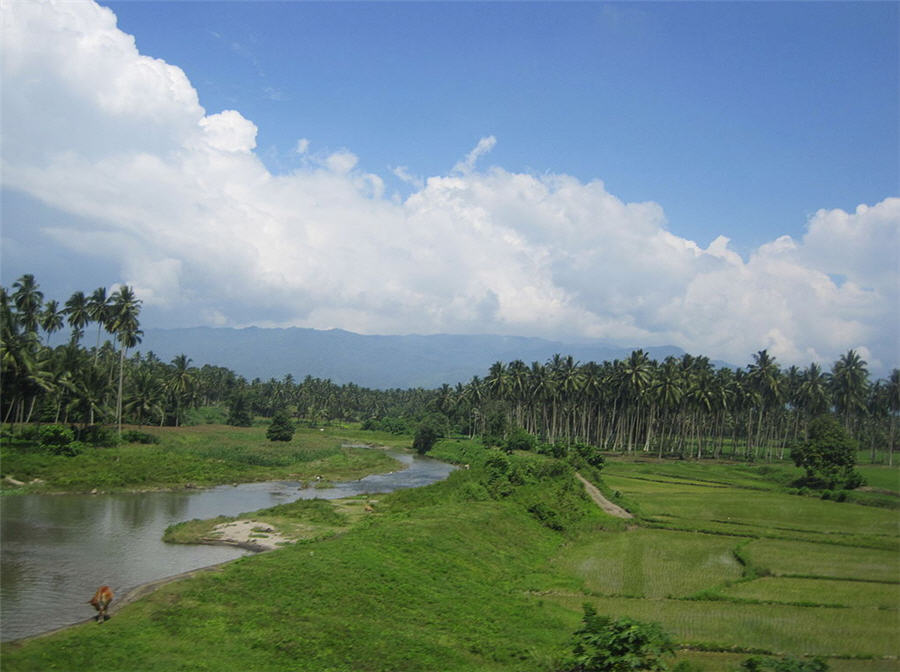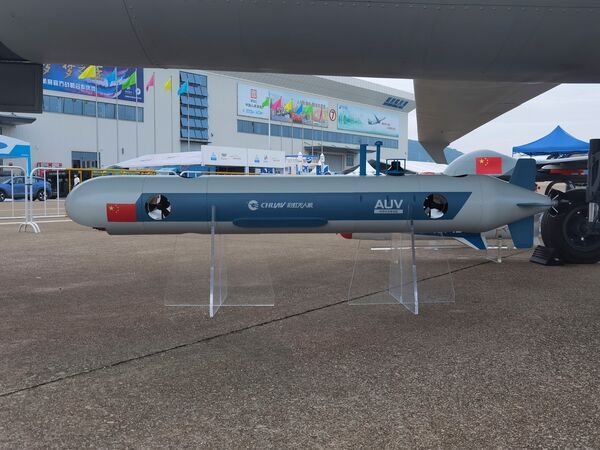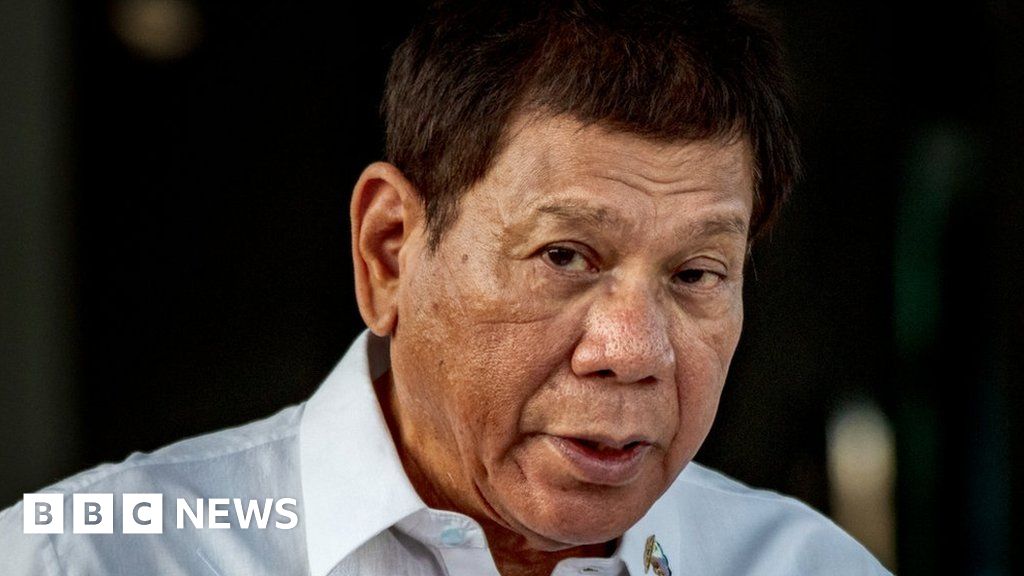Part 4 of 6: The Taiwan factor in regional calculations
15. In a Sankei newspaper opinion column via Japan Forward, Yoji Koda, a retired commander of Japan’s Maritime Self-Defence Forces (JMSDF), warned of “devastating consequences” if the country did not prepare itself for a potential conflict involving Taiwan and China. On the one hand, I suspect that Taiwan’s Army will fight for between 11 to 21 days (before we see mass surrenders), even if they have hit IOC with the 108 modern MBTs they just ordered. On the other hand, if the Americans manage to deploy:
before the start of hostilities to reinforce Taiwan and concurrently, the Japanese deploy 12,000 personnel and 3,900 vehicles from two GSDF divisions, in the 1st wave — I believe that any PLA attempt to invade is doomed to fail. If you have the right mix of forces, and have enough ammo, the defender can bleed any attacker endlessly. Part of this reinforcement plan was shown at exercise Orient Shield 21-2, that was held in Japan.
16. We need to keep in mind that the PLA rocket force (PLARF) has expanded by over 33% and taken important steps to streamline its support structure. Since 2017, scattered case elements responsible for missile storage, maintenance, transport, and loading have been pulled into a single unified regiment, improving logistical efficiency and coordination. A second unit has unified launch support functions such as meteorology, survey and mapping, engineering, and physical security. These seemingly mundane reforms to the PLARF’s support system play a critical role in ensuring that missiles get to their deployment sites, launch successfully, and accurately hit their targets
17. The Heritage Foundation’s Index of US Military Strength, found that the US military would be able to handle itself adequately in a single major regional conflict while maintaining smaller operations around the globe, but its “marginal” capabilities mean America would struggle if forced to take on a second major conflict at the same time.
18. Watch the above video in which Bonnie S. Glaser explains:
China’s current strategy is not to invade but to induce a sense of despair in the Taiwanese.
And there are other military conflict scenarios I am more afraid of than a simple blockade of the main island of Taiwan — where the chance of occurrence is more than 10%. For example, raise a fake dispute or event over Kinmen Islands and use that as an excuse not to allow Taiwanese flights or Taiwanese coast guard ships to approach them. There is no invasion or blockade of the main island and it forces a disproportionate response. The PLA(N)’s surface force of over 450 ships can carry a variety of anti-ship and anti-radiation missiles to force an Australian Naval Task group in the 2030s, to exercise emissions control, while striking from over the horizon, with one barrage of missiles. Even the very capable JMSDF with their 4 huge escort fleets will struggle in the 2030s.
19. In Aug 2021, Russia’s defense minister hailed joint war games with China as a sign of increasingly close military cooperation that should expand further. China and Russia are actively planning for crisis just below the threshold of all out war.
14. If grey-zone activity, rather than outright invasion, is China’s preferred approach to achieving ‘reunification’, Taiwan’s defence strategies, and not only its tactics, will need to be more immediately responsive to up-to-the-minute intelligence and analyses. Put another way, the defence of the island perhaps no longer entails simply determining the when and where of an invasion, but requires an evolving and dynamic understanding of what counts as warfare, and how it may be prosecuted. The possibility of an actual PLA amphibious invasion is low (less than 5% chance) — it is an operation that is inherently risky — with the possibility of failure. But this should not excuse the ROC’s grossly inadequate war prep, as shown in the above video — as a defence forum we need to understand the difference between Taiwanese propaganda and actual military capability.Anyone wanting to help Taiwan would indeed have to fight their way in...
Personally I feel the possibility of an actual PLA amphibious operation is for from certain and that this highly risky undertaking, even if it succeeds in landing, is fraught with danger for the PLA. Taiwanese forces would still be able to deploy in strength and speed to prevent the PLA from expanding its beachheads.
15. In a Sankei newspaper opinion column via Japan Forward, Yoji Koda, a retired commander of Japan’s Maritime Self-Defence Forces (JMSDF), warned of “devastating consequences” if the country did not prepare itself for a potential conflict involving Taiwan and China. On the one hand, I suspect that Taiwan’s Army will fight for between 11 to 21 days (before we see mass surrenders), even if they have hit IOC with the 108 modern MBTs they just ordered. On the other hand, if the Americans manage to deploy:
(a) the 25th Combat Aviation Brigade;
(b) a further 108 to 162 MBTs, along with the same amount of Bradley IFVs (and defended by NASAMS, with a 25km range); and
(c) the HIMARS battalions from 17th Field Artillery Brigade,
before the start of hostilities to reinforce Taiwan and concurrently, the Japanese deploy 12,000 personnel and 3,900 vehicles from two GSDF divisions, in the 1st wave — I believe that any PLA attempt to invade is doomed to fail. If you have the right mix of forces, and have enough ammo, the defender can bleed any attacker endlessly. Part of this reinforcement plan was shown at exercise Orient Shield 21-2, that was held in Japan.
16. We need to keep in mind that the PLA rocket force (PLARF) has expanded by over 33% and taken important steps to streamline its support structure. Since 2017, scattered case elements responsible for missile storage, maintenance, transport, and loading have been pulled into a single unified regiment, improving logistical efficiency and coordination. A second unit has unified launch support functions such as meteorology, survey and mapping, engineering, and physical security. These seemingly mundane reforms to the PLARF’s support system play a critical role in ensuring that missiles get to their deployment sites, launch successfully, and accurately hit their targets
17. The Heritage Foundation’s Index of US Military Strength, found that the US military would be able to handle itself adequately in a single major regional conflict while maintaining smaller operations around the globe, but its “marginal” capabilities mean America would struggle if forced to take on a second major conflict at the same time.
(a) The 2021 report can be read here. “If you’re a European country, you have finally gotten serious in your intellectual awareness of the challenge Russia presents. If you’re South Korea and Japan, you’ve had to get serious about what to do with China,” Dakota Wood said. “Recognizing a problem and actually doing something to deal with that problem are two different issues, but if you don’t have the recognition, your actions are never going to change.”
(b) Asking the 82nd airborne division (light infantry), to jump into Taiwan on C-17s after hostilities have started, is a waste of good men, when they can be more effective securing islands in the 1st and 2nd island chains along with the US Marines. To fight the PLA, it’s going to take 4 to 5 years of hard fighting in a full court press.
(c) I would assume that the PLA is going to have to attack, Guam, and American bases in Japan concurrently, if they want to invade Taiwan. For an American President to waste forces with strategic mobility in the 1st 3 months of a 4 year war like that is unforgivable. America does not need to only fight a Taiwan invasion in that island. Instead, they can choke off China’s SLOCs from the 1st and 2nd island chains.
A more likely scenario I see would be for the PLA to conduct a massive air and blockade of the island in conjunction with a concentrated air, ballistic/cruise missile attack, as well as a EW and cyber one to obtain the needed political and military results, without neccesarily having to invade the island and drawing Uncle Sam in.
China’s current strategy is not to invade but to induce a sense of despair in the Taiwanese.
And there are other military conflict scenarios I am more afraid of than a simple blockade of the main island of Taiwan — where the chance of occurrence is more than 10%. For example, raise a fake dispute or event over Kinmen Islands and use that as an excuse not to allow Taiwanese flights or Taiwanese coast guard ships to approach them. There is no invasion or blockade of the main island and it forces a disproportionate response. The PLA(N)’s surface force of over 450 ships can carry a variety of anti-ship and anti-radiation missiles to force an Australian Naval Task group in the 2030s, to exercise emissions control, while striking from over the horizon, with one barrage of missiles. Even the very capable JMSDF with their 4 huge escort fleets will struggle in the 2030s.
19. In Aug 2021, Russia’s defense minister hailed joint war games with China as a sign of increasingly close military cooperation that should expand further. China and Russia are actively planning for crisis just below the threshold of all out war.
(a) Sergei Shoigu flew to China to attend the drills that wrapped up in the Ningxia Hui Autonomous Region. “We have achieved a high level of cooperation between our militaries on land, in the air and at sea,” Shoigu said during a meeting with his Chinese counterpart, “Expanding it is an important part of our future activities.” The Russian military sent several Su-30SM fighters and a motorized infantry unit to take part in the maneuvers. Shoigu noted that the exercise marked the first time that Russian troops had taken part in joint drills on the territory of China, adding that it reflected a “new level” of military cooperation, to the benefit of regional and global stability.
(b) There are many scenarios where a miscalculation in Korea, can trigger a joint Chinese-Russian response in the skies and seas near Taiwan. For example, the 1962 Sino-Indian War occurred when America was distracted during the Cuban Missile Crisis. The PLA showed great acumen in carefully executing the campaign according to the guidelines formulated by CCP Central Military Commission:
(i) “to beat Indian troops soundly,” and
(ii) “to wipe out the invading Indian forces totally and rapidly.”
Last edited:



